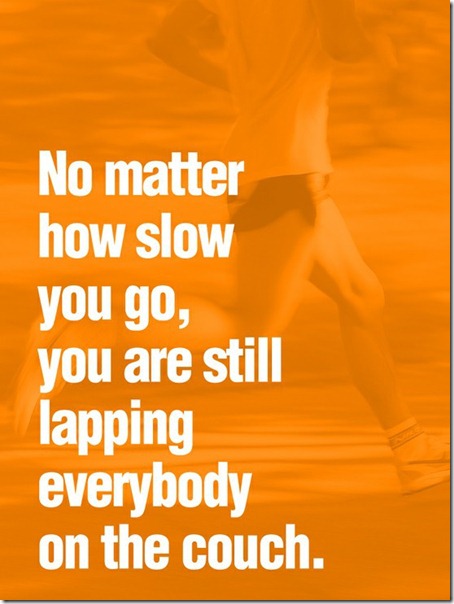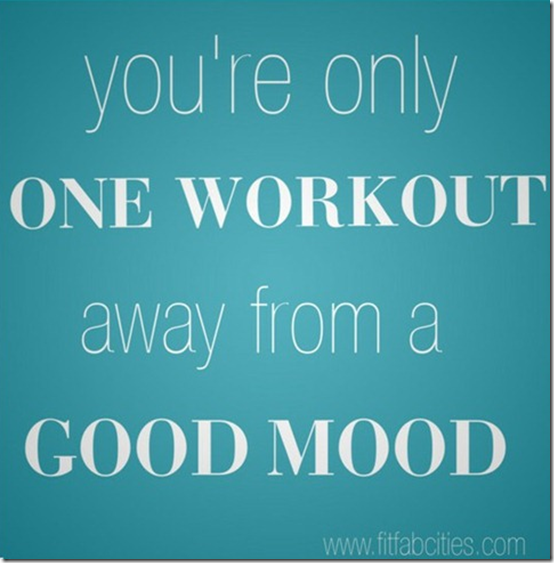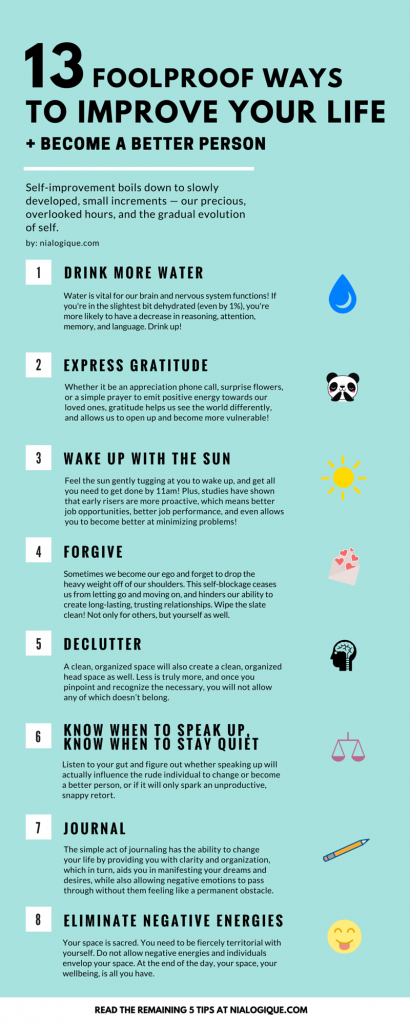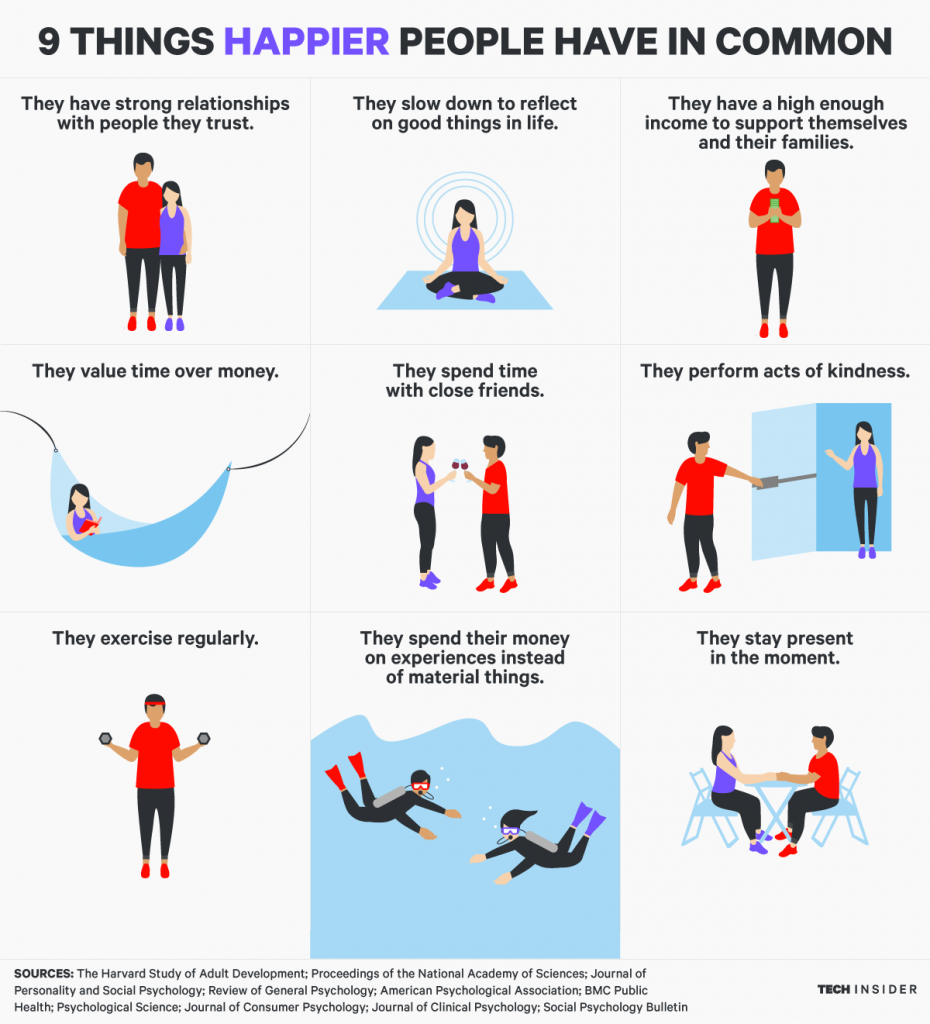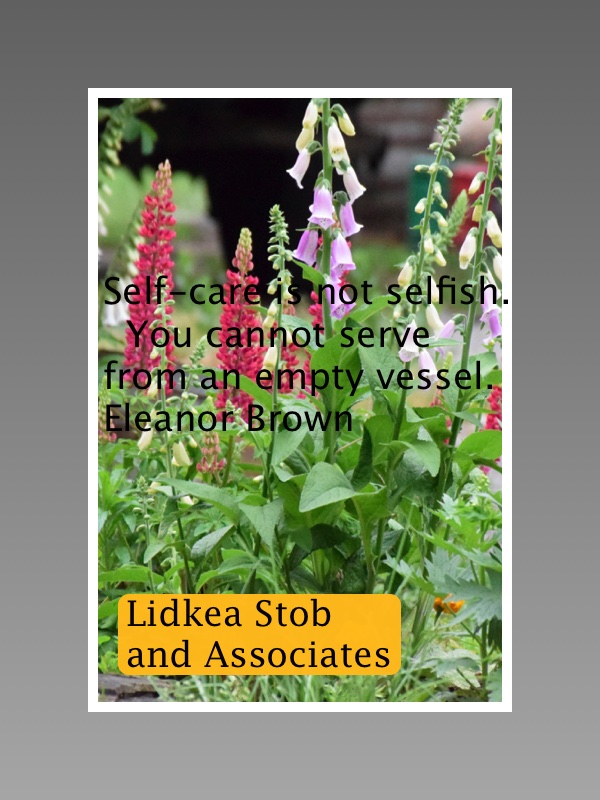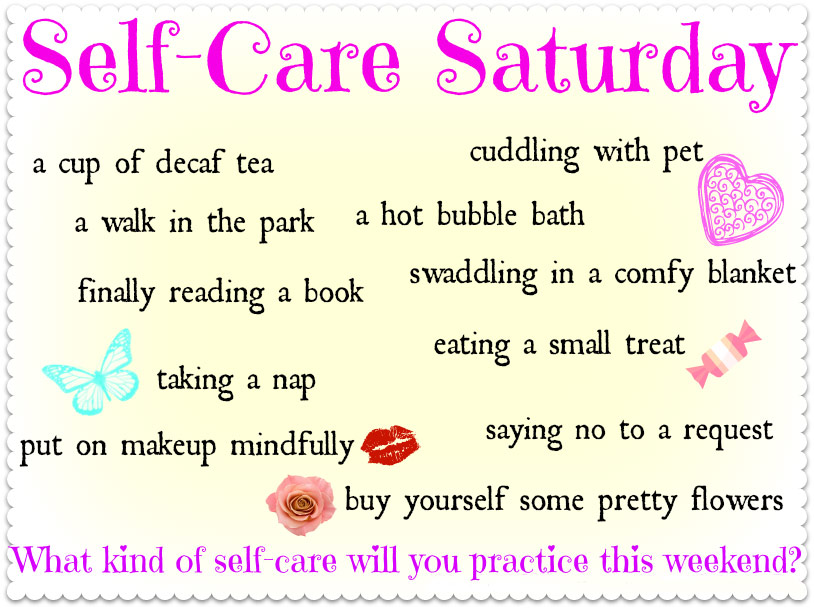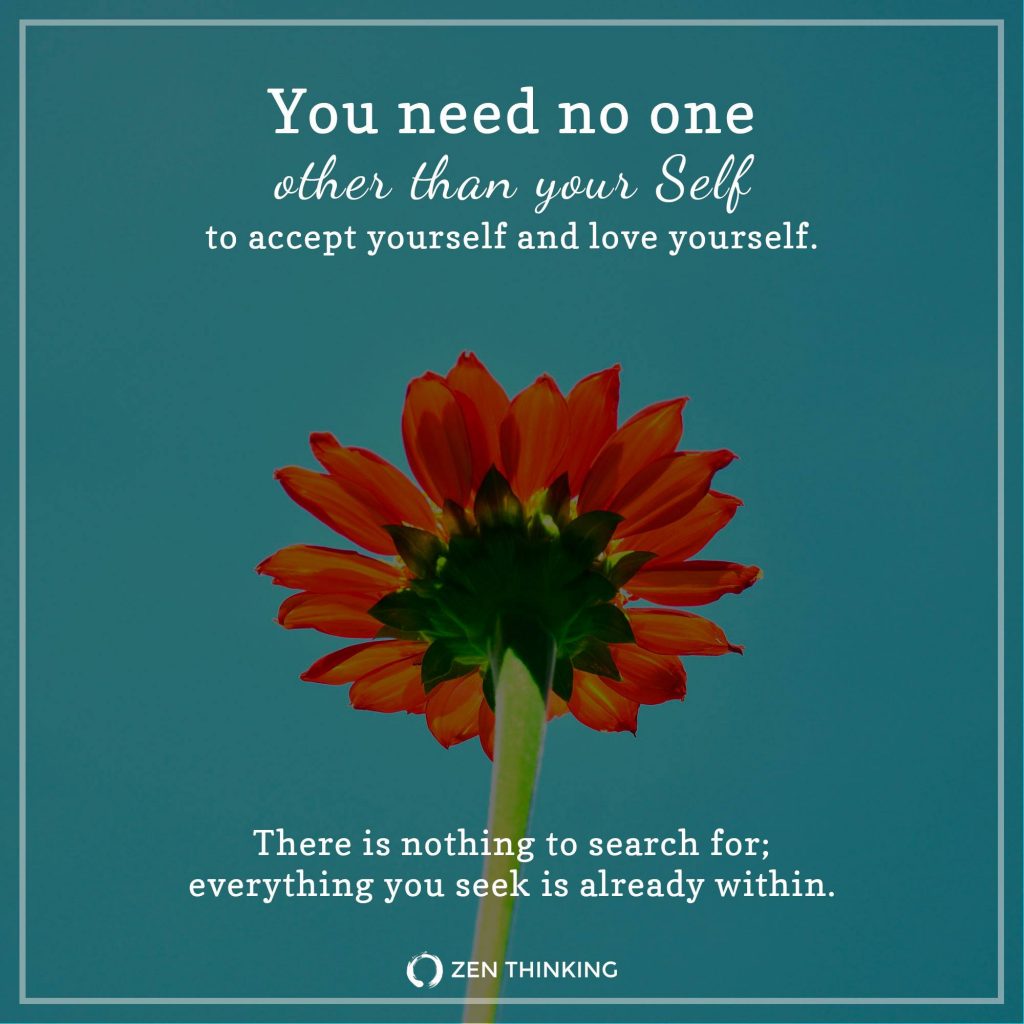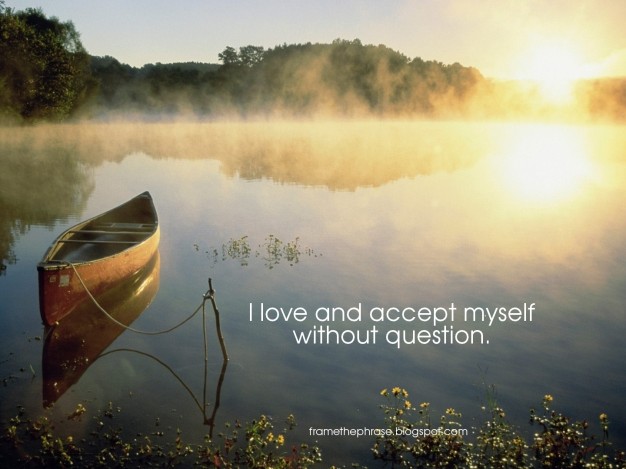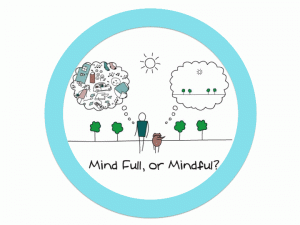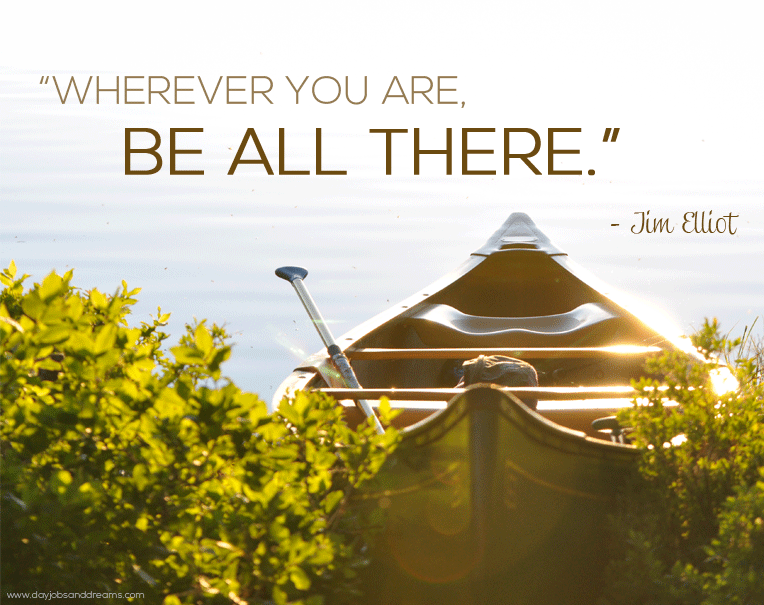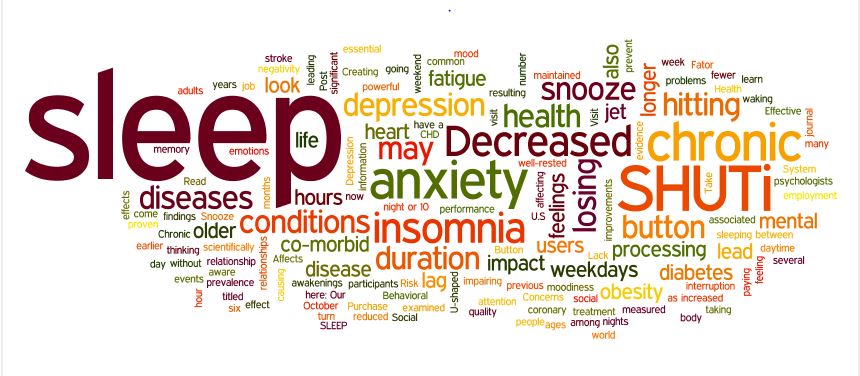Resistance to Exercise: It’s kind of like eating your brussel sprouts
Resistance to exercise, it’s a thing. We all know it’s good for us just like peas or brussel sprouts but do we do it? February is on its way and with it cold days and more snow. As Canadians we are used to it but it still can make you feel like hibernating. This means that we can find a multitude of reasons not to exercise. “I’ll wait till it’s sunnier outside.” “I don’t want to leave my warm house to go to the gym”. So what can we do to get ourselves moving?
Create a weekly exercise plan
Write it down, put it in your phone. Whatever it takes, but make a commitment to yourself. If you make a date with yourself for spin class or Zumba you will be more likely to go. Some gyms even have apps that allow you to put your classes in your calendar and add reminders. It is a great way to set yourself up for success.
Try You Tube
Well, it doesn’t have to be You Tube but it is a great place to start. There are lots of videos to choose from. For example, if you are looking to start a daily yoga practice, you can do this from the comfort of your own living room with Yoga with Adrienne
Adrienne leads people through 31 days of yoga and if you finish that there is bedtime yoga, yoga for anxiety and even yoga for weight loss. These videos range from 6 minutes to 30 minutes so they can fit into most busy schedules.
Find a Friend
Do you have a friend who is an avid gym rat or maybe one that keeps talking about getting fit? Buddy up and make plans to sweat together. Set a night that you can walk together after work or try a membership to a nearby gym. If you don’t have a friend that fits the bill, then find a group. Usually there are team challenges you can sign up for and join some like minded people. Check out your local gym or maybe even a boot camp group. The idea of a team is for support and encouragement. You may even make a new friend in the process. If you are the type that will never let others down but puts you last on the list, then this might just be something to keep you focused.
Tap it Out
If you are fantastic at coming up with excuses not to go to the gym, then perhaps trying a bit of EFT or Emotional Freedom Technique would be helpful. Here is a tapping meditation on resistance to exercise from Nick Ortner’s site the Tapping Solution. It is a short 12 minute exercise that might just get you started.

